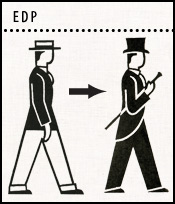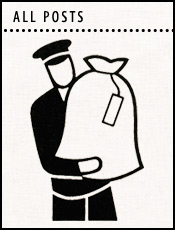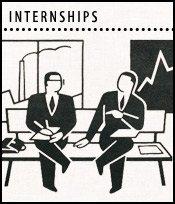Economics with Chinese Characteristics
“Resistance is ornamental” – Rem Koolhaas, on China
China has become a bit of a dirty word in the American lexicon. While I’m detached from what any given American may think about this country, attention to media headlines would suggest the following: Killer toys and deadly toothpaste. Dictatorship by committee that displaces families in the name of power generation projects. Censorship of Wikipedia, our latest oracle of knowledge. Unbridled economic growth threatening our own sovereignty, underpinned by a currency lauded by our own economists as an unfair weapon in the war of international trade. And with equity markets unilaterally considered less governed than casinos, China tempts money managers and financial alchemists the world round.
Of course, as AsiaWheeling’s resident adventure capitalist and resident ???????, this leads me to look deeper and asses the foundation of these claims. Do these above assumptions still leave China undervalued? Or are the implied future growth rates driving overvaluation? I hope to provide data that I have collected to you, our dear reader, so that you may be better informed to approach these questions.
On June 19, Woody and I trekked from Hong Kong (pop. 7,000,000) to Shenzhen (pop. 8,500,000) to Guanzhou (pop. 12,000,000) � to Kunming (pop. 6,800,000) . A pivotal chapter of Chinese economic history begins with the formulation of the first of these way-points.
As China and the British empire left the throes of the opium wars, China ceded Hong Kong island and bits of surrounding mainland territory to Britain as part of the terms of victory. What was once a sparsely inhabited area, Britian took advantage of the natural port of Hong Kong as a center of trade and finance. The colony developed on a path deviating further and further away from that of China, gradually limiting the number of mainlanders allowed to immigrate to smaller and smaller levels. By the mid 1970s, Hong Kong was a thriving economic center and southern China had been neglected by the government of Mao Zedong whose centrally planned industrial developments occurred primarily in the north.
In the late 1970s, when Deng Xiaopeng came into power, he did an about face on many aspects of socialist economic policy. Shenzhen, then a collection of fishing villages with an area population of 30,000, was christened a Special Economic Zone (SEZ), allowing foreign corporations to manufacture goods, invest freely, and remit profits to their home countries. This spurred one of the most massive human migrations the world has ever seen, developing a city at breakneck speed which now has a population that rivals hong kong. Stories spread all over China about getting rich in Shenzhen and families sent their sons and daughters away to a city of new industry that smelled of Hong Kong’s wealth and freedom. Today, an arial photo of the Hong Kong/China border reveals one side to be rice paddies and the other a concrete jungle of skyscrapers. These skyscrapers belong to China.
The economic success of Shenzhen spilled onto the surrounding municipalities in China, such as Guanzhou, Zhuhai, Dongguan, and others. This area, known as the Pearl River Delta, is responsible for roughly 30% of China’s trade value. This means that of all the world’s goods stamped with “Made In China,” a third of those things were fabricated in this single region.
The experiment of Shenzhen and other special economic zones gave rise to more free market reforms in the mainland. This concept of localizing an economic policy change in order to review its impact and apply it elsewhere is a political and economic technology China champions. Free market reforms and decreasing restrictions of labor mobility has given rise to a nation that has enjoyed a 9% compounded annual growth rate in GDP for the last 20 years. This growth divides generations, shapes human well being, and has most recently driven the price of oil, commodities, and food to levels causing severe inflation felt globally.
How does one get in on the action?
While the Chinese equity market has boasted impressive gains for the last four years, many of the companies traded on the Shanghai Stock Exchange are state owned corporate giants that went public. Many of these companies are still held in majority by the Chinese government. China mobile for example is 74% owned by Beijing. This means share prices are subject to the will of the politburo more so than the market, and can be used as political tools to stabilize, stunt, or accelerate growth. They can either provide liquidity by purchasing shares, or dump shares onto a market unprepared for the offering. Additionally, the division of A shares in China and H shares of Chinese companies trading on the Hong Kong Stock Exchange create another layer of obfuscation and opacity overlooked by investors exited by the China story.
It may be that operating a business then, seems the optimal way to exploit the export-favorable exchange rate controls or booming domestic demand. Entering the market as a foreign company requires a network of relationships known as “Guanxi Wang” to gain contracts and hurdle the regulatory obstacles in place. From the bottom up, the perspective of an entrepreneur is slightly less difficult, though a team with command of perfect Chinese may prove necessary. Still, the beurocracy and paperwork associated with developing a profitable business is something I’ve heard to be much harder to do in China. I can’t speak from experience, but I would love to give it a shot. The first step is AsiaWheeling.















Comments
Comments are closed.